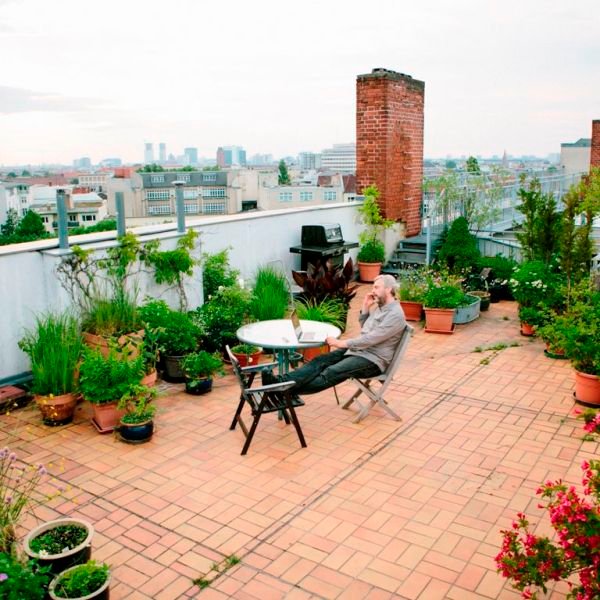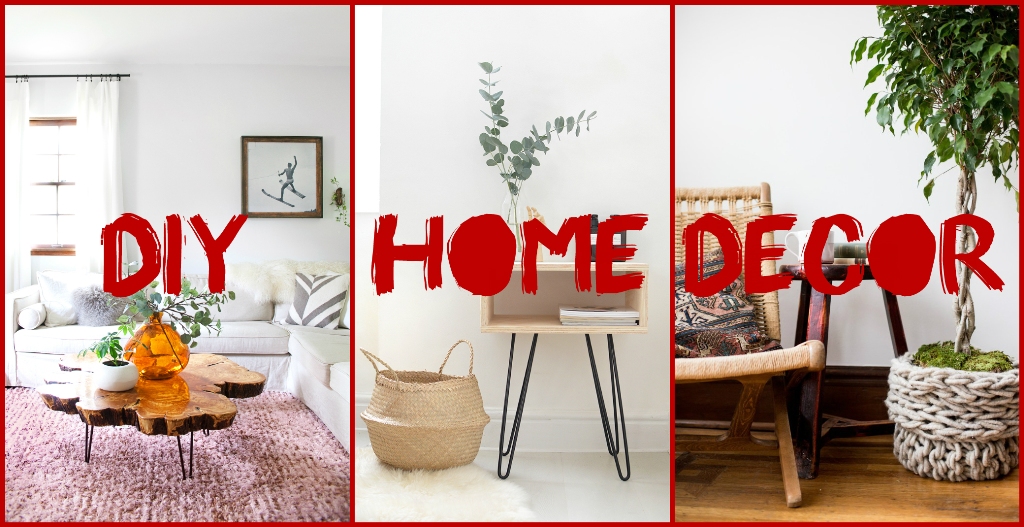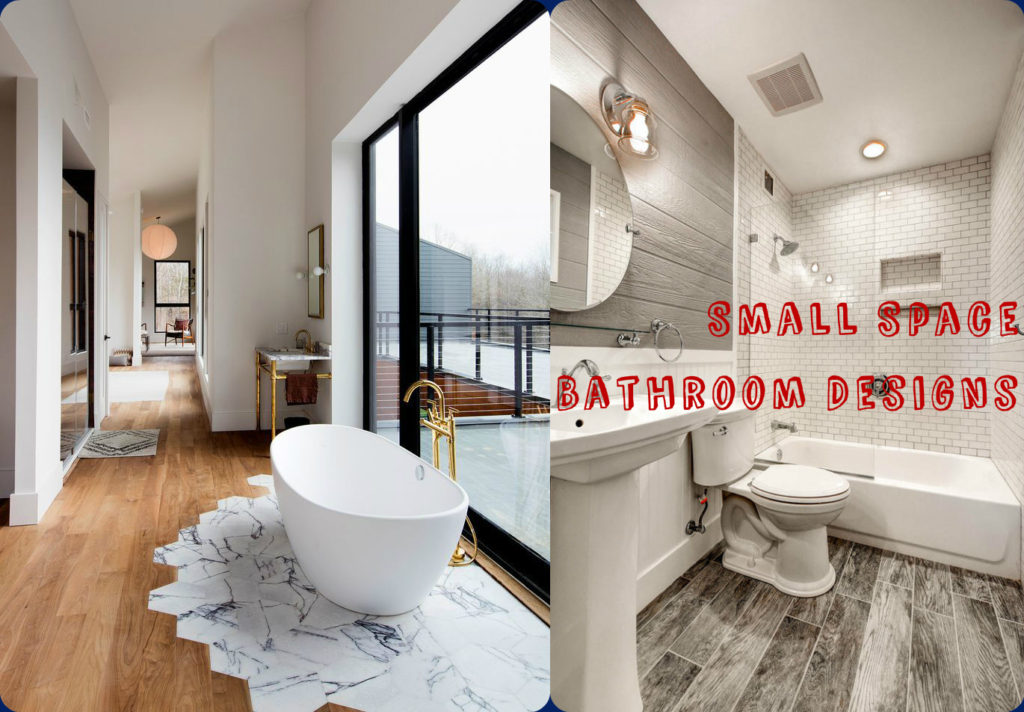It seems like urbanisation is about to reach its peak in the near future. People care about expanding city boundaries and building higher skyscrapers in order to fit more people. Unfortunately, most of us forget about the importance of planting trees in the cities.
It’s possible to solve the problem of the lack of clean air in the city by planting rooftop gardens. They will not only improve oxygen production, but they can also reduce noise levels and even help us to prevent the depletion of the ozone layer and fight global warming.
Moreover, gardens on the roofs can also provide some privacy and make people feel happier. According to a study conducted by the University of Exeter Medical School, spending more time in nature can help people to relieve stress and improve their well-being.
Planting a rooftop is quite a challenge. There are a lot of things you should consider before running your green project. Here you can find a step by step guide that can help you to make your dream come true:
Make a plan

First of all, you should evaluate the roof of your building. A rooftop garden can be pretty heavy. To avoid undesired consequences, you should make sure that your building has enough loading capacity. To do so, contact a licensed structural engineer who will be able to check the condition of your roof and prepare the fullest report. Keep in mind that only professional can calculate the weight of equipment and soil medium layer and then determine how much weight the building structure can support.
In most countries, it’s illegal to plant a roof on your own. The thing is that planting a roof without professional advice can put all building residents at risk.
Other than that, the structural engineer can also help you to develop a future project and choose the right materials.
Besides working on a report along with an engineer, you should also make sure there is access to electricity and water on the roof. As you can understand, your plants will need regular watering, so access to water hose is crucial. If you don’t have any, consider installing artificial grass. You can even plant living plants in artificial grass!
Also, you might want to have at least one plug on the rooftop in order to connect a speaker, lights or charge your phone.
Needless to say, building a full-scale garden would be difficult if the attic window is the only access to the roof. These are the details you should think of in the very beginning of your project.
Get a permit

Another important thing is getting a permit for planting a garden on your roof. As you can see, it requires serious consideration and should be supervised by the local authorities.
In order to get the permit, you should review the municipality’s building code and present the engineer’s report to the authorities. If you rent your apartment at the moment, make sure to let the landlord know about your great plans. You might have to pay a heavy fine for ignoring these requirements. Your environmentally friendly idea deserves to be put into practice.
Decorate it

Once you complete the legal requirements, you can start decorating your garden with plants and furniture. Before you get the plants, make sure to monitor the sunlight’s exposure on your roof. Place your plants where they will be getting at least five hours of direct sunlight. Take into account that roofs painted black can heat much faster. That’s why you might need to get heat-tolerant plants such as honeysuckle, artificial grass, okra, basil, magnolias.
Another important thing is to monitor the wind exposure on the roof. To do so, feel free to use weather vane or an anemometer. It’s important to take this detail into account since strong wind can easily make your soil very dry. If the wind is quite strong on the top, consider covering your plants with a piece of fabric or plastic wall.
When decorating the space, make sure that every plant you buy is native to the area. Otherwise, they will die pretty fast.
Besides plants, you may also want to get some light furniture (let’s not forget about the pressure on the roof)), lights and patio umbrella.
If you don’t have enough space on the roof to store gardening equipment, consider incorporating storage into furniture. To make your rooftop garden look more pretty, choose the focal point (it can be a sofa, table, fountain or statue).


















